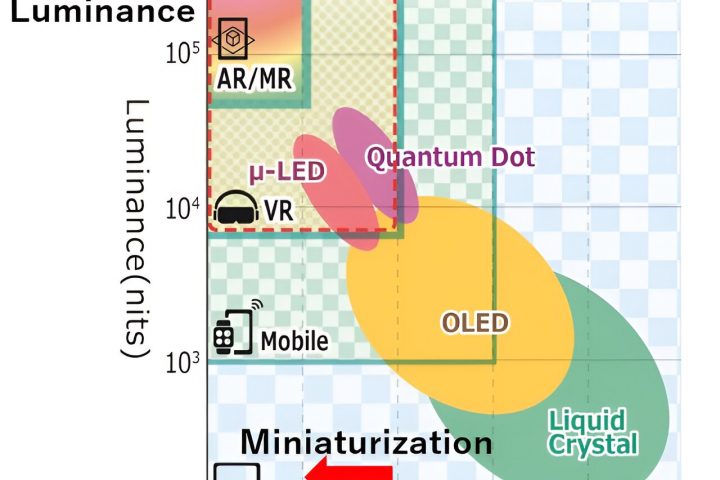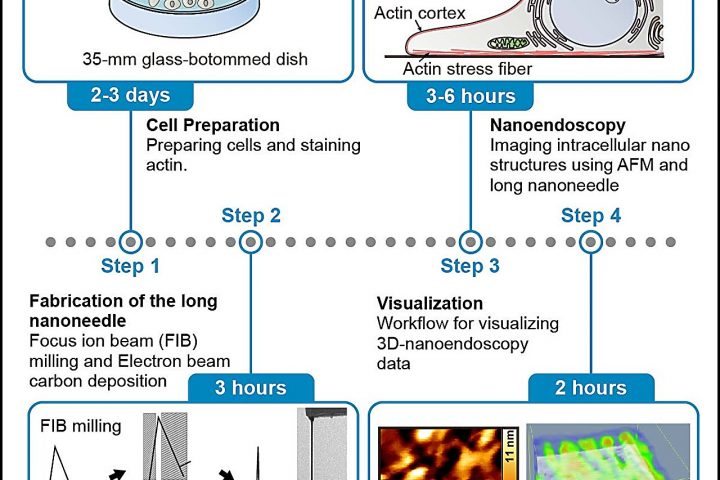Japan's XRISM (X-ray Imaging and Spectroscopy Mission, pronounced "crism") observatory, expected to launch Aug. 25 (Aug. 26 Japan local time), will provide
DART is a planetary defense system known as a kinetic impactor. This approach is designed to ram into a celestial body at
A team led by Professor Osami Shoji at Nagoya University in Japan has developed a technology to convert methane, the principal component
Biodiversity is dwindling at a rapid pace across the globe. As one key remedy, we are protecting areas around the world, hoping
Early on September 12, 2023, Comet Nishimura – or, to give it its full designation, Comet C/2023 P1 (Nishimura) – will pass
From pterodactyls flying overhead in a game to virtually applying cosmetics prior to making a purchase, augmented reality and other immersive technologies
To figure out our latest leakage, a radio astronomy team is building a model of Earth’s technosignatures, the technological byproducts we radiate
Guangzhou Institutes of Biomedicine and Health researchers have successfully created chimeric embryos containing a combination of human and pig cells. When transferred
Most of Earth’s atmosphere is nitrogen with a good chunk of oxygen. All the rest of the gases are a small fraction
Images of nanoscale structures inside living cells are in increasing demand for the insights into cellular structure and function that they can
Martian auroras are not like those on Earth, with no large magnetic field to channel charged particles from the Sun towards the poles.













